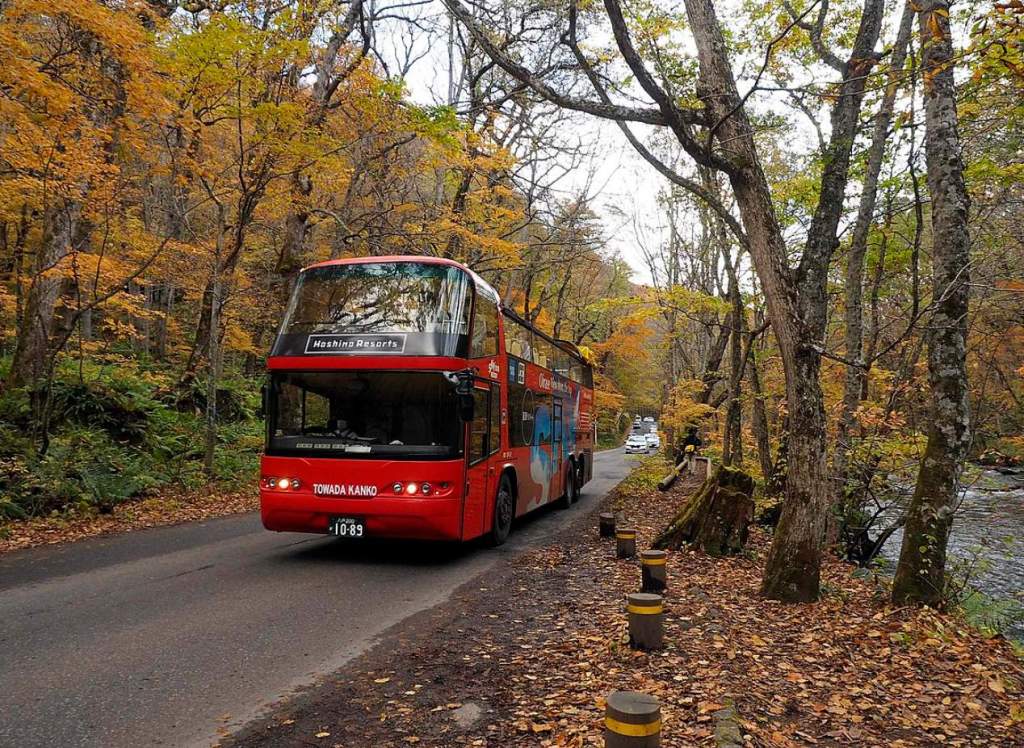Grand Prismatic Spring Facts
-
The Grand Prismatic Spring is a large hot spring located in Yellowstone National Park in the United States. The colorful microorganisms that thrive in warm, mineral-rich water are responsible for the vibrant colors.
-
The rainbow of hues produced by the water’s refractive index gives the spring its name. The outermost ring of the spring is a deep blue color, while the inner circles are yellow, orange, and red. This coloration is due to the presence of different types of thermophilic (heat-loving) bacteria that live in the spring.
-
The Grand Prismatic Spring is a popular tourist destination and is easily accessible via a boardwalk that leads around the spring. Visitors can also hike to the overlook above the spring for a bird’s-eye view. Due to the spring’s size and the boardwalk surrounding it, visitors may easily and securely watch it.
-
The park service also has rules in place to prevent people from getting too close to the edge of the spring, which can be very hot. As a general rule, it is always important to follow the park service’s rules and guidelines when visiting any natural area to ensure your safety.
-
The best time to see the Grand Prismatic Spring in Yellowstone National Park is during the summer months, when the weather is warmer and the snow has melted. This allows for clear views of the spring and its vibrant colors. Additionally, the spring is most active during the summer, which can also make for a more impressive display.
-
The spring is approximately 370 feet (112 meters) in diameter and is the largest hot spring in the United States and the third largest in the world. The water in the Grand Prismatic Spring is extremely hot, with temperatures reaching as high as 171°F (77°C), and it is also highly acidic, with a pH of around 3.5. The heat and acidity of the spring make it uninhabitable for most forms of life, but certain bacteria and algae are able to survive in these conditions.
-
It’s worth noting that the park service may be closed or have limited access during the winter months. It is always best to check the park service website or call them before planning a trip to ensure that the park and the spring are accessible.
-
The water in Grand Prismatic Spring in Yellowstone National Park is acidic. The pH of the water in the spring ranges from about 3 to 4, which is considered to be highly acidic. The spring’s acidity is a result of dissolved minerals, like sulfuric acid, which is created when hot water reacts with sulfur-containing rocks.
-
The acidity of the spring also plays a role in its vibrant colors. Different kinds of thermophilic (heat-loving) bacteria that flourish in acidic water are responsible for the spring’s various colors. The bacteria produce pigments that give the spring its characteristic rainbow hues. A particular kind of bacteria known as Synechococcus, which can withstand the hottest water, is what gives the spring’s center its blue hue. There are additional kinds of thermophilic bacteria that can thrive in slightly colder water, which is what gives the colors orange and yellow.
-
The best view of the Grand Prismatic Spring in Yellowstone National Park is from the boardwalk that surrounds it. The boardwalk provides several different viewpoints of the spring, giving visitors the opportunity to see it from different angles and appreciate its size and vibrant colors.
-
One of the best viewpoints is the elevated viewpoint, where you can see the entire circumference of the spring, and the colors of the spring are more vivid. Another viewpoint is to walk the trail around Fairy Falls, which is located near the Grand Prismatic Spring. This trail provides a bird’s-eye view of the spring and is considered to be one of the most scenic viewpoints.
-
Additionally, you can also get an aerial view of the spring by taking a hot-air balloon ride or a scenic flight, which offers a unique perspective of the spring and the surrounding landscape. These options are not available year-round and can also be weather-dependent.
-
The bacteria that thrive in the hot, acidic water of the Grand Prismatic Spring play a significant role in the spring’s vibrant colors. Different kinds of thermophilic (heat-loving) bacteria that can endure in acidic water are what give spring its various colors. Synechococcus is a species of bacteria that can withstand the hottest water, which is why the core of the spring appears blue. These bacteria are known as cyanobacteria, and they are able to photosynthesize, which means that they can produce their own food by using energy from the sun. This process gives them the ability to survive in extreme environments, such as the hot and acidic water of the spring.
-
It’s worth noting that these bacteria are not harmful to humans, and the park service has strict rules and guidelines to prevent visitors from getting too close to the spring and avoid contact with the water to avoid disturbance to these microorganisms.
-
The closest airport to the Grand Prismatic Spring in Yellowstone National Park is the Cody Yellowstone Regional Airport, located in Cody, Wyoming, which is about 60 miles (96 km) east of the park’s East Entrance. The airport offers daily flights from several major cities in the United States, including Denver, Salt Lake City, and Billings. Another option is the Jackson Hole Airport, located in Jackson, Wyoming, which is about 80 miles (128 km) south of the park’s South Entrance. This airport also offers daily flights from several major cities in the United States. It’s worth noting that once you arrive at either of these airports, you will need to rent a car or arrange for transportation to get to the park, as public transportation to the park is not available. Once you are inside the park, you can take a shuttle bus to the Midway Geyser Basin, where the Grand Prismatic Spring is located. If you are planning to visit the Grand Prismatic Spring, I recommend checking with the park service for the most up-to-date information on transportation options and planning your trip accordingly.
-
There are several campgrounds located near the Grand Prismatic Spring in Yellowstone National Park, offering various types of camping options for visitors. The Madison Campground is one of the closest campgrounds to the spring, located about 2.5 miles (4 km) from the Midway Geyser Basin, where the spring is located. It is open from early May to early October and offers both tent and RV camping, with amenities such as drinking water, flush toilets, and a dump station. Another option is the Bridge Bay Campground, located about 8 miles (13 km) from the Midway Geyser Basin. This campground is open from early June to early September and offers both tent and RV camping with amenities such as drinking water, flush toilets, and a dump station. Fishing Bridge RV Park is another option; it’s open year-round and reserved only for RVs and trailers, with amenities such as electrical hookups, drinking water, flush toilets, and a dump station.
-
It’s worth noting that campground reservations fill up quickly, especially during peak season, and it’s always best to reserve a spot in advance through the National Park Service website. It’s also important to check the park service website for the most up-to-date information on campground availability, as it may change due to COVID-19 restrictions or other reasons.
-
The Grand Prismatic Spring and Old Faithful are both located in Yellowstone National Park, but they are situated in different areas of the park. Old Faithful is located in the Upper Geyser Basin, which is in the southwest area of the park, about 44 miles (71 km) by road from the Midway Geyser Basin, where the Grand Prismatic Spring is located. The drive takes about 1 hour and 15 minutes, depending on traffic and road conditions. Old Faithful is one of the park’s most famous and most predictable geysers, erupting every 35 to 120 minutes. It’s a must-see attraction and a great stop to combine with a visit to the Grand Prismatic Spring.
-
It’s worth noting that the park is huge and the roads can be winding and busy during peak season, so it’s always best to plan your trip accordingly and check the park service website for the most up-to-date information on road conditions and traffic. Also, you can take a bus tour to visit these two attractions and many other popular sites in the park.
-
A volcanic explosion that took place approximately 600,000 years ago created the caldera where the spring is situated. The eruption created a large magma chamber beneath the surface, and the heat from this chamber causes the water to become hot, creating the hot springs.

Grand Prismatic Spring Facts: A large hot spring is located in Yellowstone National Park in the United States. Photo Credit – Pexels 
Grand Prismatic Spring Facts: The bacteria that thrive in the hot, acidic water of the Grand Prismatic Spring play a significant role in the spring’s vibrant colors. Photo credit: Wikimedia 
Grand Prismatic Spring Facts: The spring gets its name from the way light is refracted by the water, creating a rainbow of colors. Photo credit: James St. John 
Grand Prismatic Spring Facts: One of the best viewpoints is the elevated viewpoint, where you can see the entire circumference of the spring, and the colors of the spring are more vivid. Photo credit: Bernd Thaller 
Grand Prismatic Spring Facts: The best time to see the Grand Prismatic Spring in Yellowstone National Park is during the summer months, when the weather is warmer and the snow has melted. Photo credit: Mike Goad






